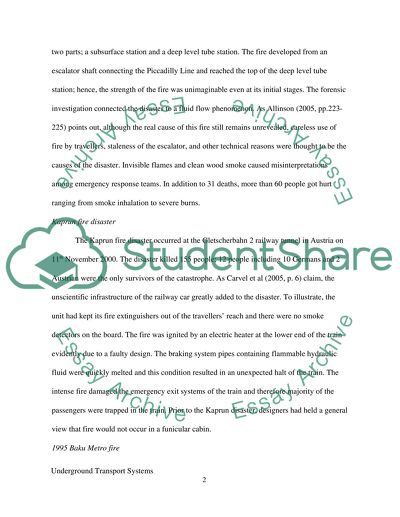Cite this document
(“Fires in Underground Transport Systems Essay Example | Topics and Well Written Essays - 3000 words”, n.d.)
Retrieved from https://studentshare.org/chemistry/1394596-fires-in-underground-transport-systems
Retrieved from https://studentshare.org/chemistry/1394596-fires-in-underground-transport-systems
(Fires in Underground Transport Systems Essay Example | Topics and Well Written Essays - 3000 Words)
https://studentshare.org/chemistry/1394596-fires-in-underground-transport-systems.
https://studentshare.org/chemistry/1394596-fires-in-underground-transport-systems.
“Fires in Underground Transport Systems Essay Example | Topics and Well Written Essays - 3000 Words”, n.d. https://studentshare.org/chemistry/1394596-fires-in-underground-transport-systems.


